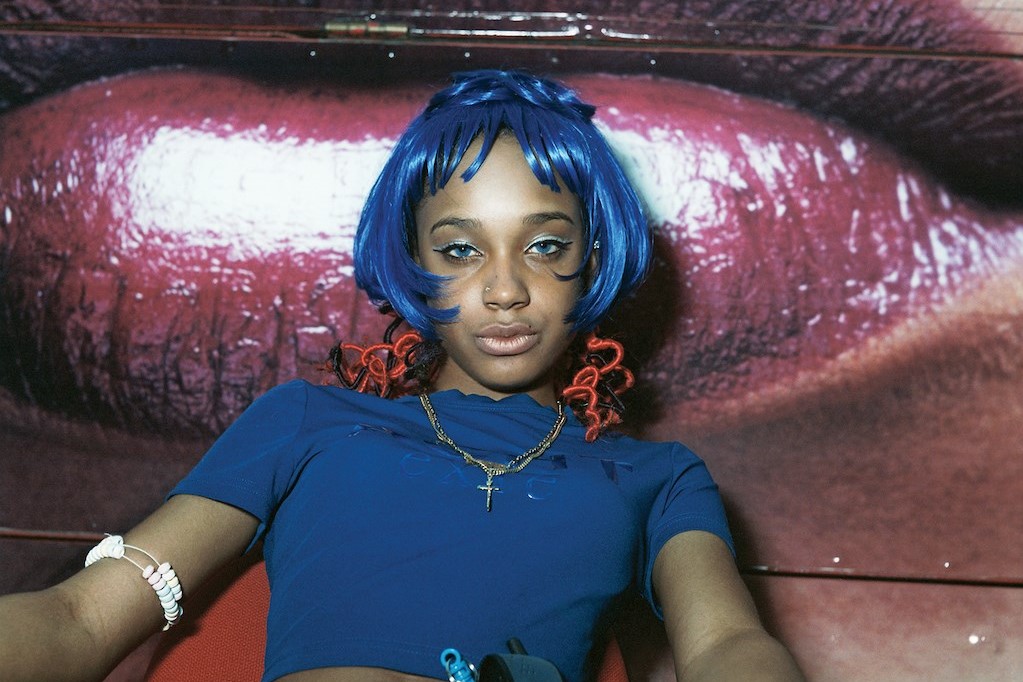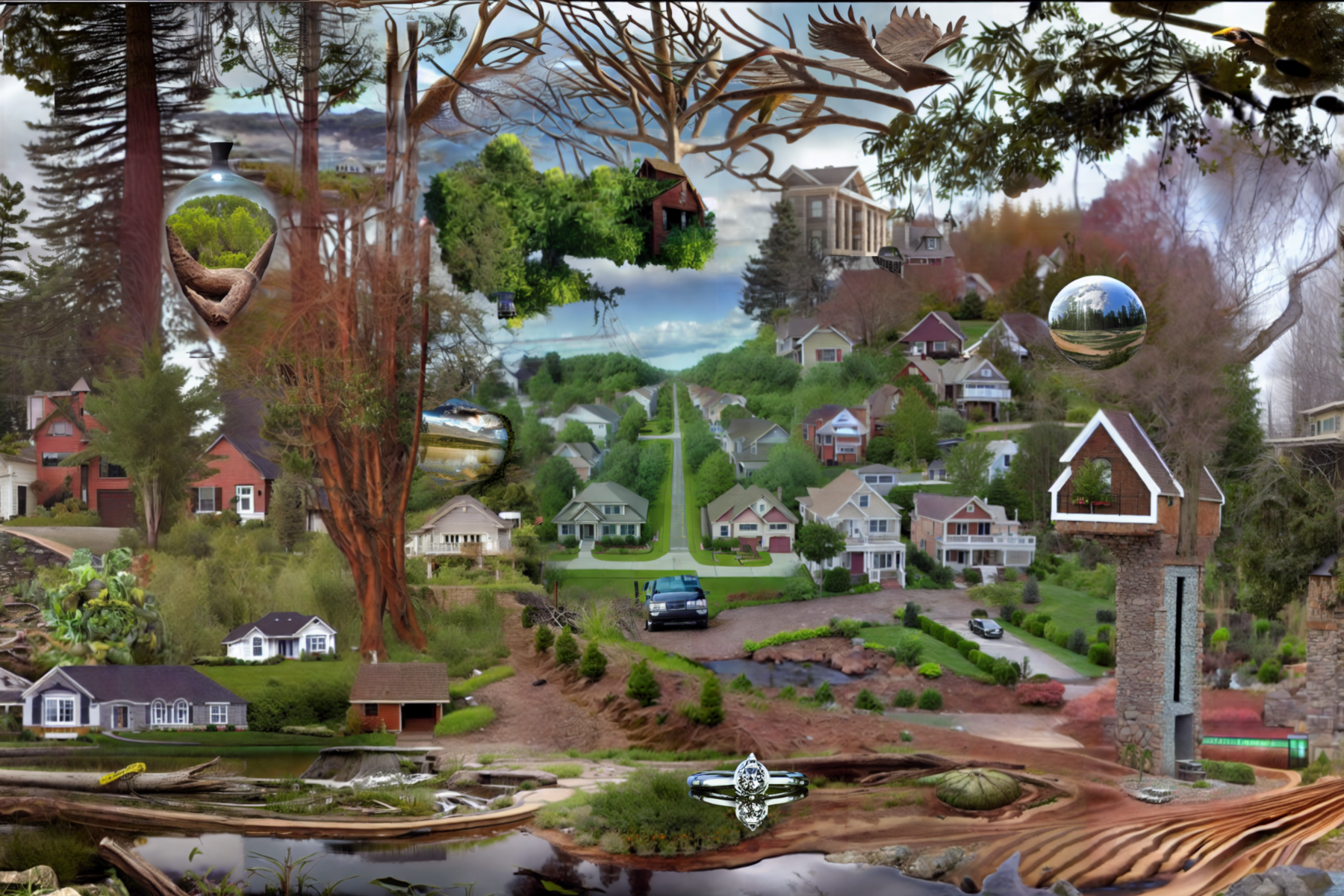Deferral Archive #2
2018 - Drawing & Print (Drawing & Print)
Each: 102.3 x 132.6 cm
siren eun young jung
Deferral Archive is one of the archival extensions of siren eun young jung’s Yeoseong Gukgeuk Project (2008-), a decade-long ethnographic research project into the diminishing genre of Korean traditional theater known as Yeoseong Gukgeuk . The genre, which was popular in the 1950s-60s, has since been forgotten, without ever being established as either a traditional or modern form of Korean theater. The most distinctive formal trait of Yeoseong Gukgeuk is that the theater performers are exclusively women. Each actor’s drag technique in playing a male character varies according to their own analysis and understanding of masculinity, critically deconstructing the heternormative conventions around gender, tradition, and historical consciousness in Korean culture. Deferral Archive features two video monitors, framed by graphic posters consisting of existing photo archives of Yeoseong Gukgeuk. The first set examines the gender expression of Lee So-ja, a first-generation actor who used to play the Gadaki (male villain), including the actor’s conflicts and contradictions regarding gender roles. This is a non-chronic archive of the queer body that includes processes of superposition, division, glamorization, and modification. The other set examines the memory of Cho Young-sook, another first-generation actor who mainly played the role of Sammai (comic supporting role/sidekick). The video is a documentation of the artist’s first theater performance entitled (Off)Stage/Masterclass (2013), which was derived from the artist’s earlier Yeoseong Gukgeuk research. It contains an oral history of Cho Young-sook in relation to modern Korean history, revealing a particular mode of transfer not only exclusive to traditional performance techniques between generations, but also to gender representation within and beyond social norms therein. jung’s work addresses the desire found in Yeoseong Gukgeuk, as both invented and interpellated in the social space at the birth of the modern nation-state. Surpassing the firm dichotomy in gender performance, this form of theater destabilizes the ideology that governs the formation and exclusion of tradition. The artist deliberately puts on hold the existing history; rewriting methodologies of Yeoseong Gukgeuk, she situates herself inside the discourses and memories of Yeoseong Gukgeuk. She fills the inactivated time with an awareness unto the viewer of the massive space and the bodily movement of performance. Her emphasis is not given to the restoration of the intrinsic legitimacy of Yeoseong Gukgeuk. Rather, modification to the senses deployed by jung’s practice underscores the political power of more anomalous and queer artistic practices.
With a practice deeply engaged with feminism and LGBT rights issues, siren eun young jung reveals the subversive power of traditional culture, one unknown in the Korean modernization period, and provides unique perspectives and documentation of important communities. Through their long-term research projects bridging different generations of women, jung keenly addresses questions of gender as a norm of “becoming.” Their early works have examined the struggles of a younger generation of women against androcentrism and violent patriarchy and subsequent projects have addressed issues surrounding environmental change, human rights, activism, and homosexual rights. jung’s pivotal work Yeoseong Gukgeuk Project (2008–2016) engages the existing queer community in South Korea by focusing on Yeoseong Gukgeuk , an all-female traditional theater genre existing since the 1950s, after the Korean War. The ongoing project tells an empowering story of gender-becoming in the mid-20th century. Unveiling traditional yet subversive narratives that existed during the transitional period of a country moving towards a modern society and challenging the myth of Korean “andro-modernization” achieved by a rapid masculinism of national development.
Colors:
Related works sharing similar palette

© » KADIST
Wong Wai Yin
2021Drawn from the widely circulated images of protests around the world in support of women rights and racial equality, the phrase I can’t believe we are still protesting is both the title of Wong Wai Yin’s photographic series and a reference to similar messages seen on protest signages...

© » ANOTHER
Uncovering Britain’s Groundbreaking Black-British Women Photographers | AnOther February 05, 2024 Text Elodie Saint-Louis Lead Image Eileen Perrier, ‘Untitled’ from the series Afro Hair and Beauty Show, 1998, from Shining Lights by Joy Gregory (ed.) (MACK, 2024) Courtesy of the artist and MACK In Shining Lights , the “first critical anthology to bring together the groundbreaking work of Black women photographers active in the UK during the 1980s and 1990s ”, a constellation of rarely-seen stars finally take their rightful place in the sky...

© » LENS CULTURE
Whispers - Photographs by Yuanbo Chen | Text by Magali Duzant | LensCulture Feature Whispers A multi-layered approach to visual storytelling — a conversation, a portrait, and a detail of a personal object or a place — captures the shared experiences of Chinese citizens coping with isolation while abroad during the Covid lockdown...

© » KADIST
Ghita Skali
2020The Hole’s Journey by Ghita Skali follows a complex political satire involving a worn-out floor, a political activist, and the Ouled Sbita tribe of Morocco...

© » KADIST
Douglas Gordon
2002Blind Spencer is part of the series “Blind Stars” including hundreds of works in which the artist cut out the eyes of Hollywood stars, in a symbolically violent manner...

© » KADIST
Sable Elyse Smith
2020Sable Elyse Smith’s Pivot III resembles playground equipment uselessly reconfigured...

© » ARTFORUM
Argentinian President Javier Milei Shutters Ministry of Culture – Artforum Read Next: THE WHITNEY’S JANE PANETTA DECAMPS FOR THE MET Subscribe Search Icon Search Icon Search for: Search Icon Search for: Follow Us facebook twitter instagram youtube Alerts & Newsletters Email address to subscribe to newsletter...

© » ARTS EQUATOR
International Women's Day: Inspiring Women | ArtsEquator Thinking and Talking about Arts and Culture in Southeast Asia Articles March 6, 2020 By ArtsEquator For International Women’s Day, ArtsEquator asked 11 women arts leaders in SEA to tell us about a woman who has inspired, supported or mentored them on their arts journey...

© » KADIST
Emeka Okereke
2018Bariga Nights is a photographic series set in the Bariga neighborhood in Lagos (Nigeria)...

© » RANDIAN ZH
(English) The Bunker art space announced Thursday that its landlord, Renmin University Of China, has decided to convert the entire courtyard into a ‘patriotic education base’ and was resuming all premises in the adjacent courtyard, particularly those with historical significance, such as the former bunker....

© » KADIST
Abigail Reyes
2016The video work Si Señor by Abigail Reyes is about the typical representation of women in Latin American office culture...

![Artist Shares Secrets of How To Draw Incredibly Realistic Portraits [Interview]](https://mymodernmet.com/wp/wp-content/uploads/2023/12/matheus-macedo-realistic-drawing-thumbnail.jpg)







